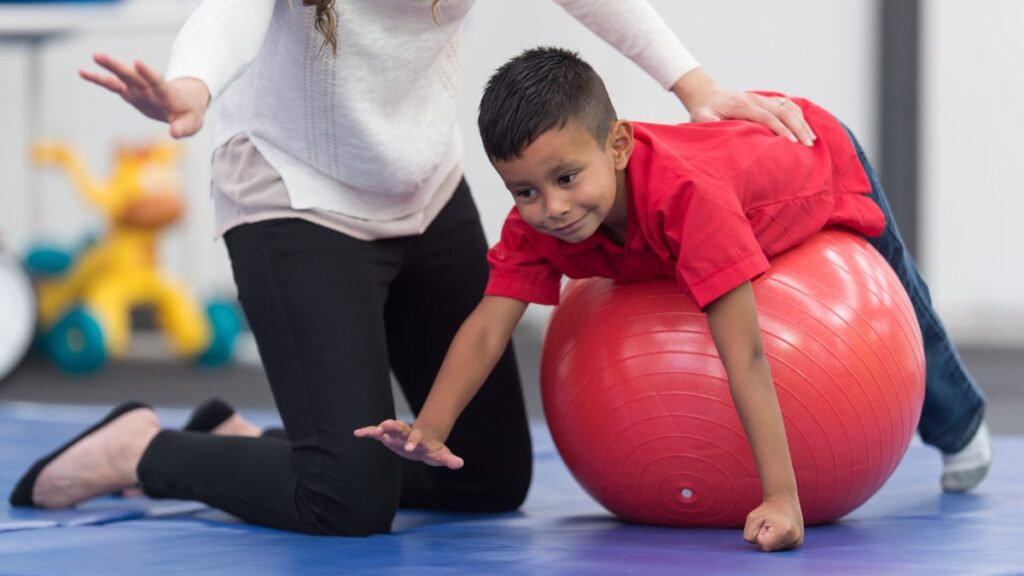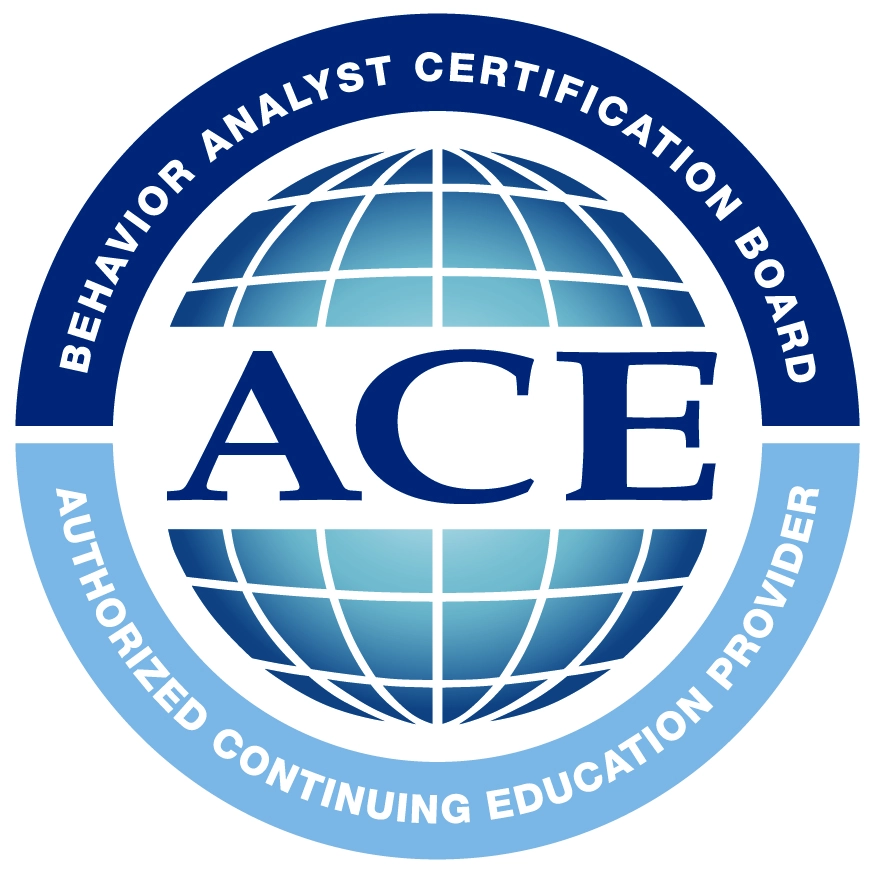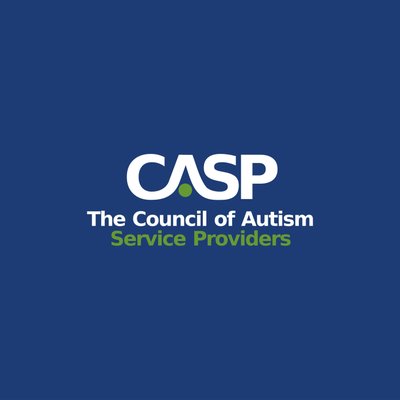Children with autism spectrum disorder often experience comorbid conditions that can affect their development. One of the significant areas impacted by these conditions is motor skills. Understanding the common movement challenges faced by these children and the subsequent impact of motor impairments is crucial for parents and caregivers.
Based on research, around 87% of individuals with autism experience movement problems. These movement challenges are often characterized by:
- Difficulty in coordinating body movements
- Challenges in maintaining balance and posture
- Trouble with copying or mimicking movements
The difficulty in planning and executing motor skills can be attributed to various factors, including social communication difficulties, cognitive impairments, and the severity of repetitive behaviors. This impacts the child’s ability to engage in play and social activities with peers.
Impact of Motor Impairments
Motor impairments can have cascading effects on a child’s overall development. Due to this, children with autism may experience:
- Difficulty in playing and engaging with others
- Slower progress in learning essential motor skills
- Higher likelihood of frustration due to inability to perform tasks
The presence of motor impairments can hinder a child’s participation in daily routines and activities. Although approximately 31% of children with autism receive physical therapy and 13% have access to recreational therapy, many still lack sufficient services to improve motor skills effectively.
Physical therapy is designed to build motor skills, enhance strength, posture, and balance, facilitating better interaction during play and daily life.
The outcome of addressing these movement challenges through specialized interventions such as physical therapy can significantly enhance a child’s ability to navigate their world, socialize, and participate in activities, ultimately supporting better developmental trajectories.

Importance of Physical Therapy for Autistic Children
Physical therapy plays a crucial role in supporting children with autism by addressing their unique motor challenges and enhancing their overall development.
Physical therapists focus on child development and motor control, making them well-suited to assess and treat children with autism spectrum disorder. They develop tailored intervention plans that target individual needs, helping children improve their motor skills, strength, posture, and balance.
Physical therapists utilize a variety of methods to engage children in therapy sessions, often incorporating play and functional activities that are enjoyable and relevant to their daily lives. This approach encourages children to practice skills in a natural setting, fostering confidence and motivation.
With that said, engaging in physical therapy can lead to numerous benefits for children with autism. These benefits may include:
- Enhanced Motor Skills: Physical therapy aims to improve coordination, strength, balance, and overall motor skills, allowing children to participate more comfortably in play and daily activities.
- Improved Functional Movement: Children learn to perform everyday tasks more effectively, enhancing their ability to interact with peers and navigate their environment.
- Increased Social Interaction: By improving movement skills, children with autism can engage more easily with other children, fostering social connections and friendships.
- Better Posture and Body Awareness: Therapy helps children develop awareness of their bodies and improve their posture, which can significantly affect their overall confidence and interaction with their surroundings.
- Support for Overall Development: While physical therapy focuses on motor skills, the benefits often extend beyond physical development, positively influencing emotional and cognitive growth.
While there is still ongoing research regarding the effectiveness of specific therapies for improving movement skills in children with autism, many reports indicate that intervention programs, including physical therapy, have shown promising results in aiding skill learning and promoting developmental progress.

Physical Therapy Approaches
Physical therapy for children with autism involves specific strategies tailored to enhance motor skills and functional movement.
Physical therapists specialize in child development and motor control, enabling them to assess motor delays and functional performance in children with autism. The assessment typically includes:
- Initial Evaluation: Gathering information on the child’s developmental history, medical background, and specific areas of concern.
- Standardized Tests: Utilizing tools to measure motor skills, balance, and overall functional performance.
- Observational Analysis: Observing the child during activities to identify strengths and challenges in movement and coordination.
Following the assessment, the physical therapist designs and implements a tailored program to enhance the child’s capabilities and overall participation in activities. Some key components of intervention may include:
- Activities aimed at improving flexibility, strength, and coordination
- Exercises designed to enhance stability and control
- Engaging children through play, often using child-friendly toys to motivate and keep sessions enjoyable
Moreover, early intervention is crucial for children at risk for or diagnosed with autism. Physical therapy interventions can begin as early as birth, helping predict autism and allowing for timely diagnosis and treatment. Key early intervention strategies include:
- Routine-based interventions
- Family training
- Play-based approaches
- Goal setting
The focus of these strategies is to address challenges in functional movement, balance, and navigating environments effectively. Through dedicated assessment and intervention, physical therapy can significantly improve the quality of life for children with autism, fostering greater independence and participation in daily activities.
How Therapy Sessions are Implemented
Physical therapy for children with autism requires careful planning and implementation. This includes selecting appropriate settings and providers, as well as ensuring family involvement and engagement during the therapy process.
Physical therapy treatment for children with autism can occur in various environments. Some common settings include:
- Home: Therapy can take place in the child’s familiar environment, allowing for comfort and ease in session participation.
- School: Services provided during school hours can help support the child’s integration and movement within the educational setting.
- Outpatient Clinics: Specialized clinics offer structured therapy sessions with dedicated equipment and space for focused interventions.
Treatment is delivered by licensed physical therapists or certified physical therapy assistants under PT supervision. Eligibility for these services is often established through an early intervention program or through school assessments, with outpatient services available to meet ongoing needs.
Engaging families during therapy sessions is crucial for reinforcing skills learned in therapy. Treatment sessions for children with autism often utilize child-friendly toys and activities designed to motivate and engage them through play.
Physical therapists incorporate items such as balls, swings, and slides within a pediatric therapy gym to encourage active participation in a fun and interactive manner.
In early intervention programs, the emphasis extends beyond just the child. Physical therapists coach families and caregivers on how to incorporate therapy activities into the child’s daily routines at home and in community settings. This holistic approach not only enhances skills learned during therapy but also strengthens the family’s role in supporting the child’s developmental progress.
The Key Takeaway
Motor challenges are a common yet often overlooked part of autism that can deeply affect a child’s daily life and development. Physical therapy offers a powerful way to support children by improving their movement, balance, and confidence.
At Golden Care Therapy, we believe that when therapy is tailored to each child’s unique needs and involves the whole family, it creates a foundation for real, lasting progress, not only in motor skills but also in social interaction and overall well-being. Our dedicated team delivers compassionate, evidence-based ABA therapy designed to empower children and support families every step of the way.
We proudly offer ABA therapy in Georgia, New Jersey, Indiana, New York, and Florida, ensuring consistent quality across all locations. Ready to take the next step? Contact us today to learn how we can help your child thrive.
Sources:
https://www.nichd.nih.gov/health/topics/autism/conditioninfo/treatments/physical-therapy
https://www.choosept.com/guide/physical-therapy-guide-autism-spectrum-disorder



